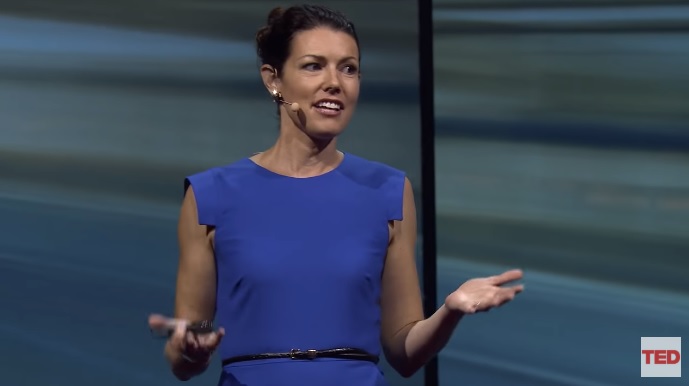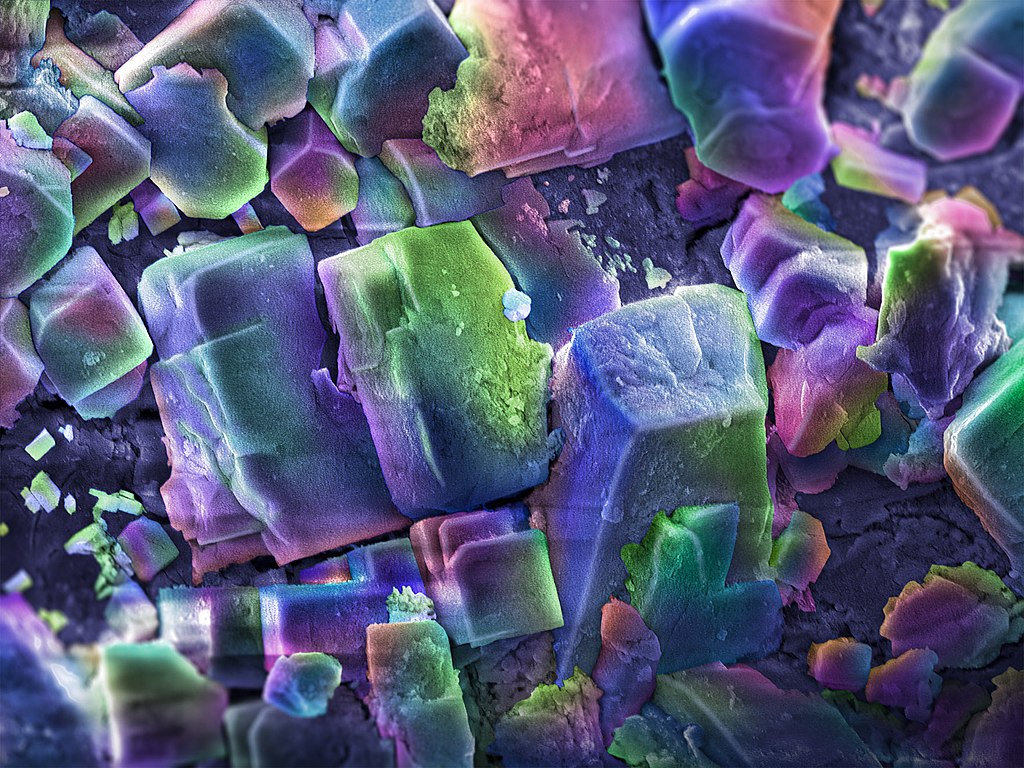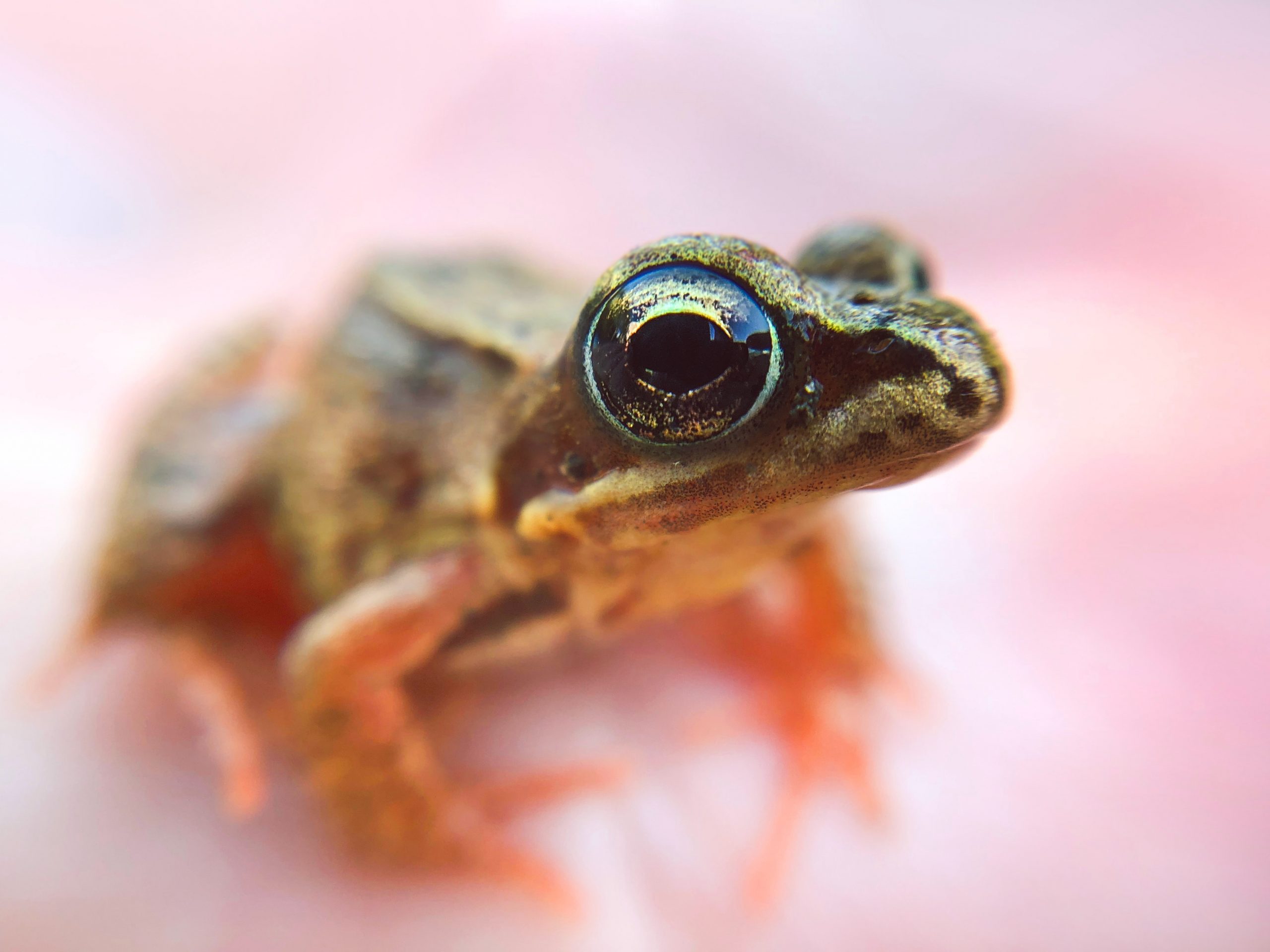Hanah Ibrahim, Year 13, Pimlico Academy, London
Currently living underneath the world’s oceans is a vast and deep microbial biosphere that extends hundreds of metres into the seafloor. Dr Karen Lloyd, a marine microbiologist from the University of Tennessee, is fascinated by this deep-sea world and the microbes that inhabit it, so has spent years collecting samples of the microbes from all over the world and analysing them in labs. She believes that deep-sea exploration could be vital to understanding the evolution of life on earth and even sustaining it.
In the deep subsurface, oxygen gets used up very quickly so the microbes have to respire other substances like iron and sulphate, until finally, the last thing they have to respire is carbon dioxide. This is an intriguing concept to explore in the fight to save our planet from ourselves, as the microbes could potentially secure their energy from our carbon emissions. Like up at the surface world where plants are vital for life, the deep subsurface has microbes called chemolithoautotrophs, which can use substances produced from the recycling of organic matter, crustal elements and even pure electrons to make food. Their waste products include minerals like rust or pyrite, and carbonates like limestone, which indicated to Lloyd that her initial microbiological research had now crossed over into geology. Usually, when an oceanic tectonic plate crashes into a continental plate, the oceanic plate subducts, and substances like water and carbon dioxide get squeezed out of it. Areas where this happens are known as subduction zones. On a research trip to Costa Rica, which sits on top of one of these subduction zones and is home to over two hundred hot springs, Lloyd and her team came up with a hypothesis. They thought that, because some of the water in these hot springs is actually bubbling up from a deeply buried oceanic plate, then there should also be carbon dioxide bubbling up with it, but something deep underground was filtering it out. After sampling as many hot springs as they could, and then spending the next two years analysing their data, Lloyd and her team discovered that the huge amount of carbon dioxide coming out of this oceanic plate was being converted by chemolithoautotrophs into carbonate mineral, stopping it being released into the atmosphere. Lloyd believes that this new field of geo-bio-chemistry will not only have huge implications for mitigating climate change, but could also be used in predicting earthquakes and tsunamis.
Lloyd thinks that most of these microbes probably haven’t undergone a single cell division since the time of Ancient Egypt and what seems like a day to them could be a thousand years to us. So why is it that the rest of biology moves so fast? Why are there such short limits on life up at the surface world compared to life in the deep subsurface? Lloyd believes that we could use these microbes to produce an ultra-stable compound that could increase the shelf life of industrial or biomedical applications and that if scientists could figure out the mechanism that these microbes use to grow so extraordinarily slowly, we could mimic it in cancer cells to slow runaway cell division. Even though these organisms have such fundamentally different relationships with time and energy than we do, Lloyd is certain that there are endless possibilities to how they could aid human life.
Although ocean exploration could prove fundamental to providing the knowledge needed to address emerging global issues, over eighty percent of our oceans remain unexplored. Microbes up at the surface world have a vast range of incredible applications, from making crops drought-resistant without using genetic modification to helping our forests recover from wildfires, so who knows what unlocking the mysteries of this deep-sea microbial biosphere could reveal. Initiatives such as the International Ocean Discovery Program are bringing together researchers from around the world to examine the seafloor and sediments to make sense of the earth’s history and how this largely unknown environment shapes our planet. Deep-sea exploration will not only help illustrate to humans the far-reaching impacts of our actions, but it could also provide insight into how we will be affected by changes in the Earth’s environment in the future.
Runner-up for the Schools Science Writing Competition, Michaelmas Term, 2020
Image credit: ted.com





